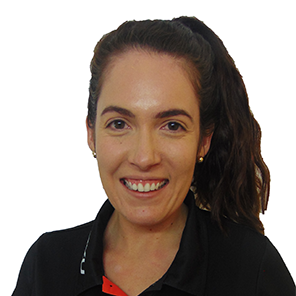The Fitness Zone
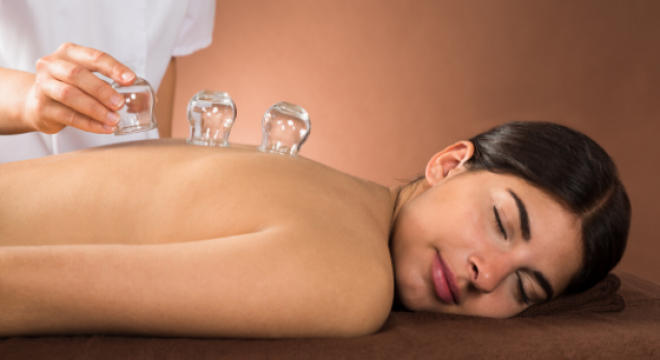
The Effectiveness of Cupping in Massage
Have you ever noticed someone walking around with large, round, purple marks on their back and wondered what it might be from? Maybe you noticed them on the backs and shoulders of swimmers during the Olympics? It is highly likely that these bruise-like marks that you’re noticing are the results of a recent “cupping” experience from a massage therapist.
What is cupping?
Cupping is a form of alternative treatment in which a therapist applies special cups onto the surface of the body. Although cupping has become increasingly popular for pain relief and sports recovery in recent years, it isn’t a modern form of therapy.
The earliest pictorial records of cupping date back to the ancient Egyptians around 1500 B.C, however, the true origin still remains uncertain to this day with some considering the Chinese to be the first adopters¹.
Today, bodywork practitioners all over the world include cupping as part of their treatment protocols either as a solitary modality or as part of holistic therapy.
How does a therapist “cup”?
Once the cups are in place, suction is applied to the cups and they will be either left stationary for a few minutes or they can be glided along the body. Whenever there is pain in one area of the body or there is a restriction of movement, cupping can be utilised to help relieve the symptoms.
Traditional Chinese Medicine practitioners swab glass cups with alcohol, light them with an open flame and then place them on the body to create suction.
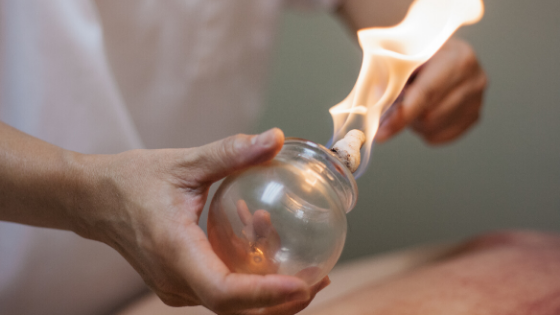
Modern practitioners use either silicone or plastic cups with a suction gun to achieve the same results.
Before the cupping therapy, the practitioner carries out extensive assessments to identify the cause of pain or movement restriction. Once an area or muscles causing the issue have been identified, the practitioner then strategically places the cups in position.
The trained practitioner applies the required amount of suction to the cup to facilitate relief.
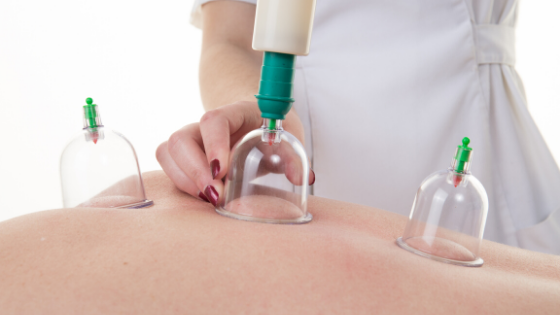
How does cupping actually work?
When a therapist applies pressure with any of the traditional strokes, they are applying positive pressure; in other words, pushing down onto the tissue. Here is where cupping comes into its own. As suction is applied, the tissue inside the cup is lifted and separated; this is referred to as negative pressure.
This has a myriad of benefits; new, rich, oxygenated blood floods the tissue bringing not only oxygen but also nutrients and water whilst simultaneously removing metabolic waste.
The separation of the tissue helps to break up adhesions which can be found in between the different tissue layers. This will free up the surfaces between fascia (soft connective tissue) and muscle, allowing the tissues to better glide against one another.
Receptors of the parasympathetic nervous system called the Ruffini Corpuscles, located on the superficial dermis are also stimulated during cupping. These receptors adapt slowly to pressure as the skin is being stretched and as a result, induce deep relaxation.²
Stretching of fascia can also facilitate a greater range of motion. As the tissue increases in pliability, the affected joint frees up and becomes more congruent, enabling it to have better function.
Cupping also assists in the dissipation of trigger points without the traditional pain or discomfort associated with trigger point release. Trigger points may occur due to severe lack of blood flow caused by excessive tissue contraction, known as an ischemic reaction. As the negative pressure inside the cup separates the tissue, it begins to release the ischemic reaction which caused the trigger point in the first place.
Application of the cups
There are several methods of applying cups, the most common being static or gliding. Static tends to be the more traditional application where a cup is placed on one spot and left there for several minutes. This type of application produces the red/purple circles most people are familiar with in regards to cupping. With this method, no oil or cream is applied to the area.
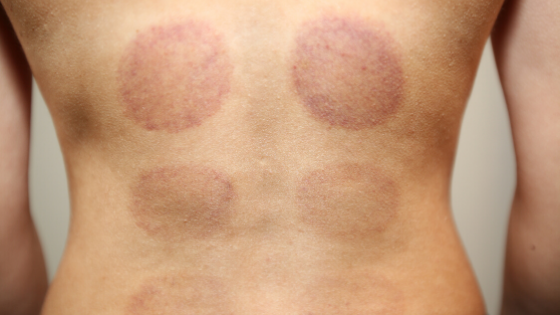
The second and newer type of application is the gliding technique. Here the therapist applies enough oil or cream to ensure there is sufficient glide between the surfaces of the cup and skin. Once the required negative pressure is applied to the cup, the therapist glides the cup over the skin in various directions, facilitating greater tissue release over a larger area. This type of technique rarely bruises the client’s skin and therefore has gained popularity among therapists and clients alike.
Cupping is seeing a resurgence as therapists embrace the myriad of benefits this ancient modality offers. The gliding technique facilitates a treatment which is highly effective, without leaving long-lasting marks all over the client’s body. This, in turn, gives both the therapist and clients the ability to try it.
Want a career in massage?
Cupping is a positive addition to any therapist’s toolbox and it can greatly complement all other techniques already available, however, therapists need to ensure they acquire proper training before including this modality into their scope of practice.
To take the first step towards a career in massage, look no further than the Australian Institute of Fitness’ Diploma of Remedial Massage; a one of a kind course, giving graduates the opportunity to work as a Remedial Massage Therapist across a range of industries from professional sport to rehabilitation.
If a career in massage is one you wish to pursue, get started today by calling our Careers team on 1300 669 669 or enquiring here.
1. Elsubai, Ibrahim & El-Subai, Ibrahim & Aboushanab, Tamer & Ali, Gazzaffi. (2017). History of cupping (Hijama): a narrative review of literature. Journal of integrative medicine. 15. 172-181.
2. Darian-Smith, I (Ed.). (1984). The handbook of physiology: sensory processes (Volume III, Parts 1 and 2). The American Physiological Society.
Read more articles
Disclaimer: Where Certificate III in Fitness, Cert III/Cert 3, or Fitness Coach is mentioned, it refers to SIS30321 Certificate III in Fitness. Where Certificate IV in Fitness, Cert IV/Cert 4, or Personal Trainer is mentioned, it refers to SIS40221 Certificate IV in Fitness. Where Master Trainer Program™ is mentioned, it refers to Fitness Essentials and SIS40221 Certificate IV in Fitness. Where Master Trainer Plus+ Program™ is mentioned, it refers to SIS30321 Certificate III in Fitness and SIS40221 Certificate IV in Fitness. Where Certificate IV in Massage or Cert IV/Cert 4 is mentioned, it refers to HLT42021 Certificate IV in Massage Therapy. Where Diploma of Remedial Massage is mentioned, it refers to HLT52021 Diploma of Remedial Massage.

